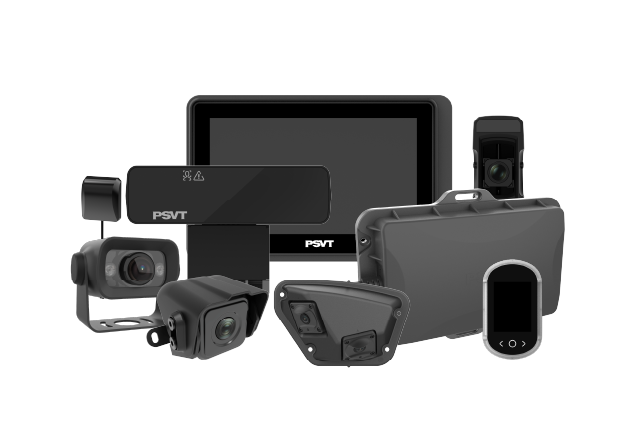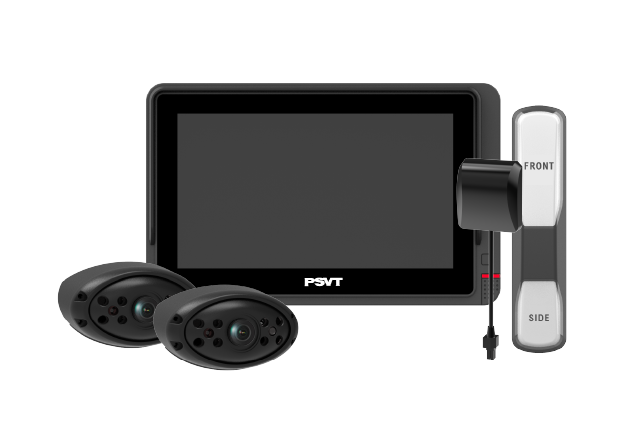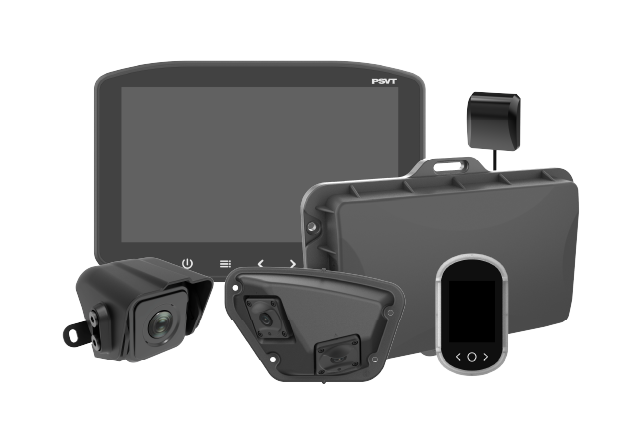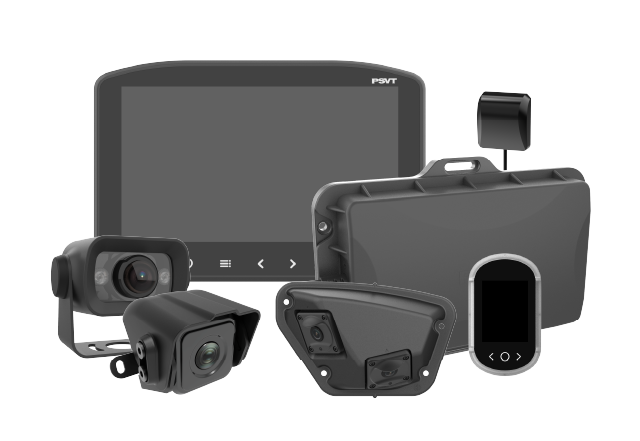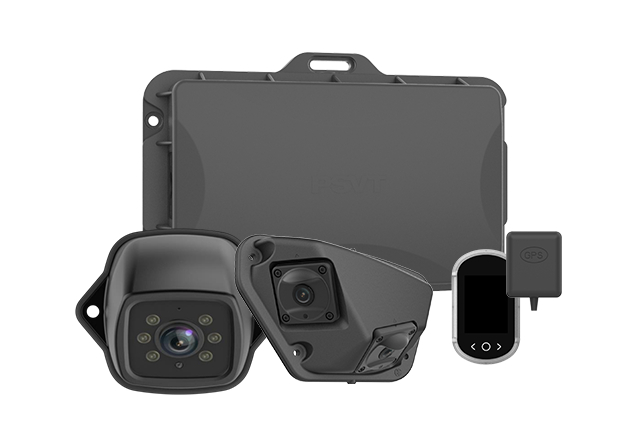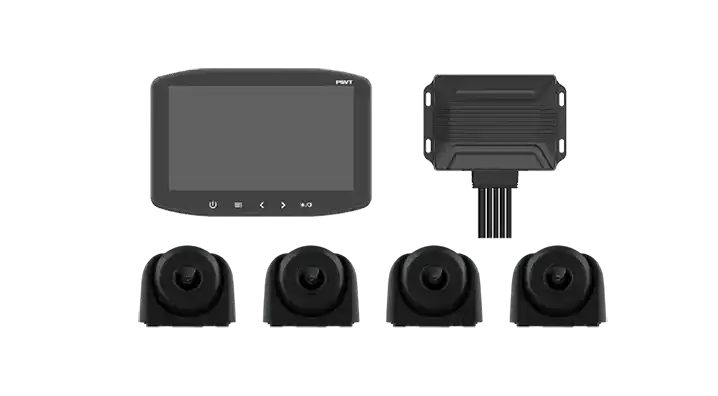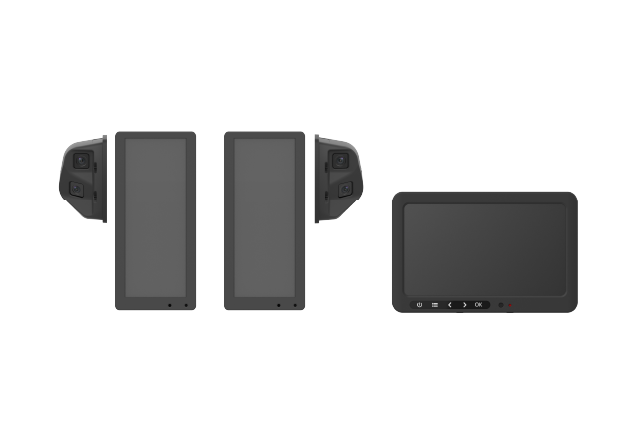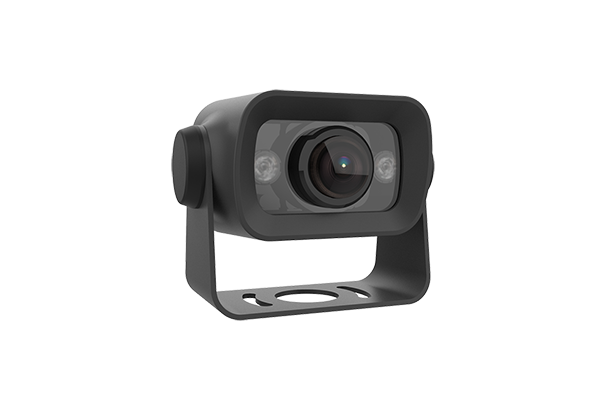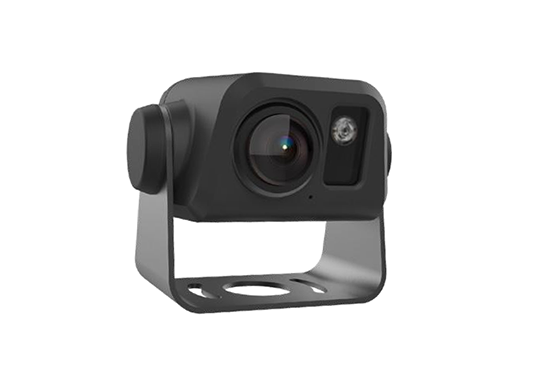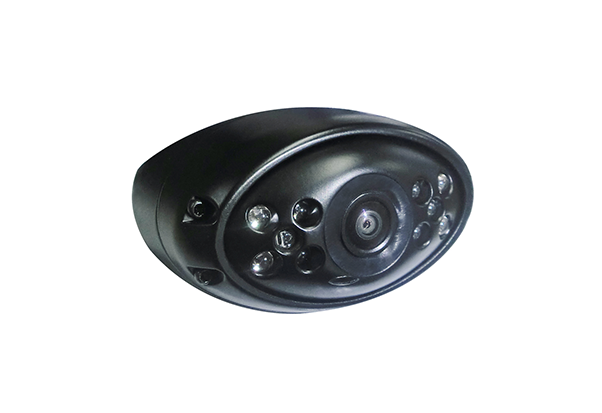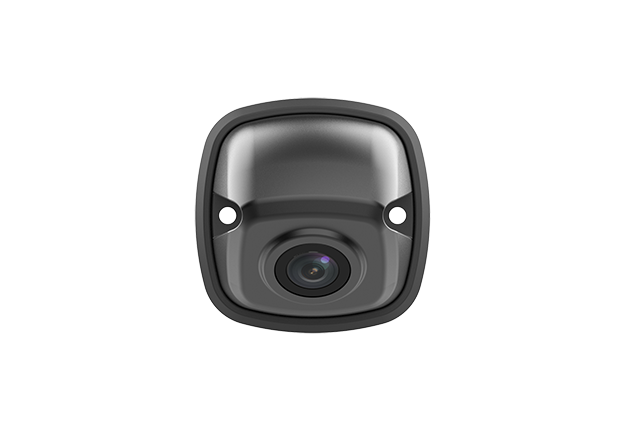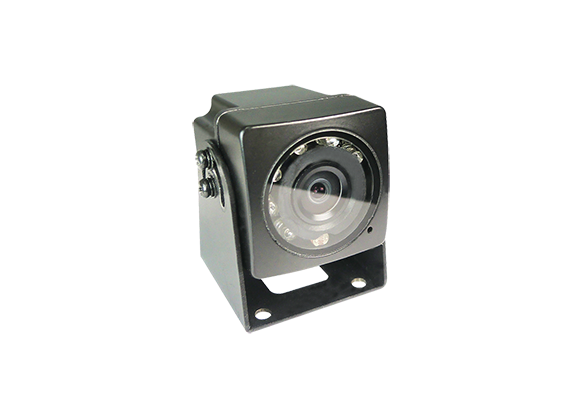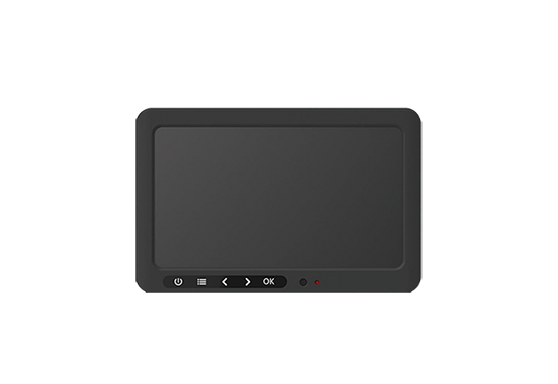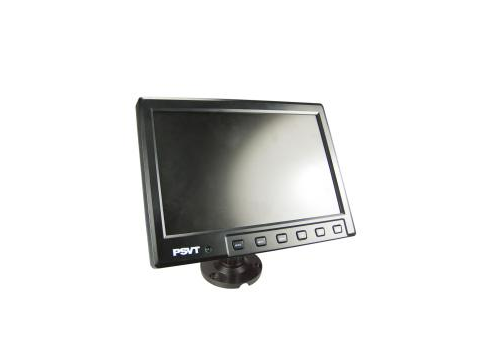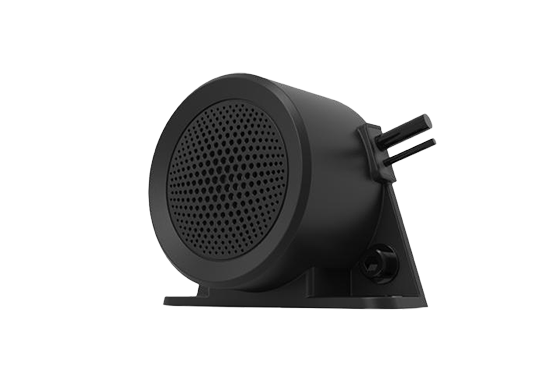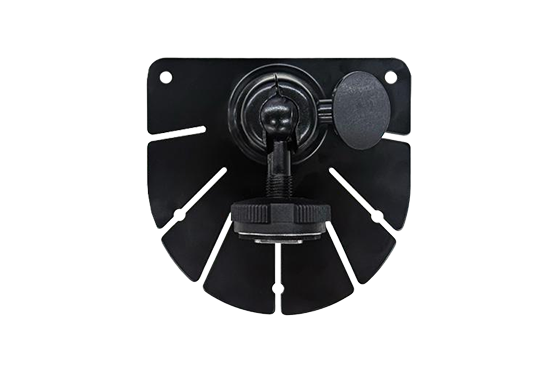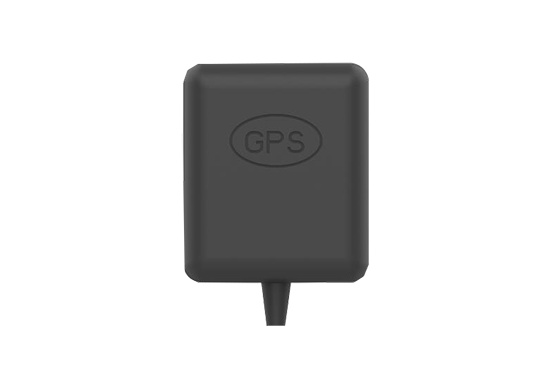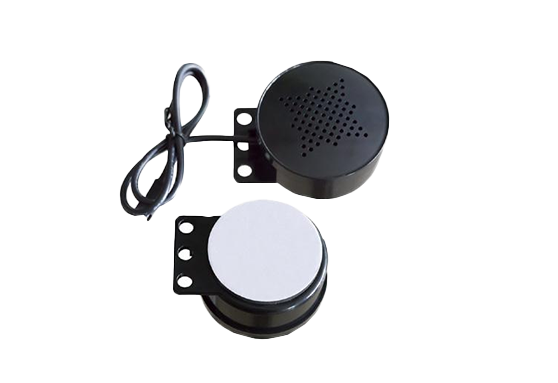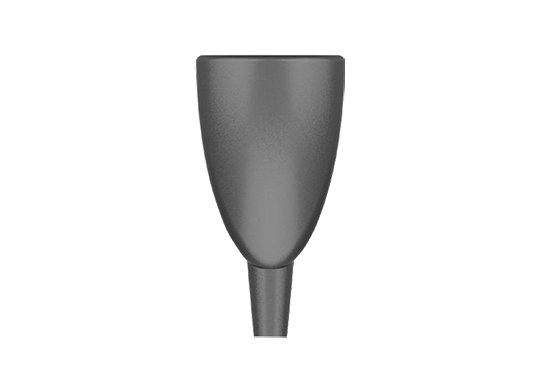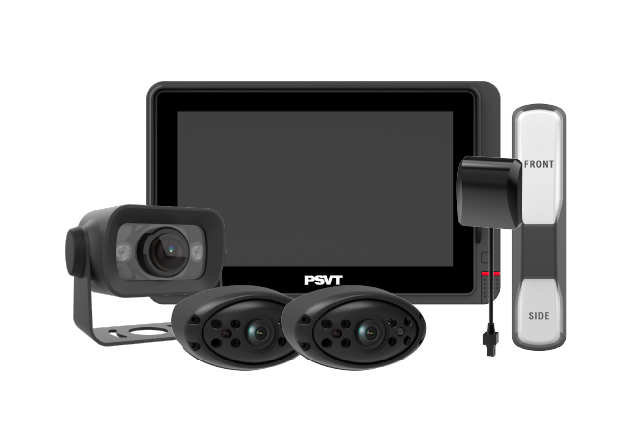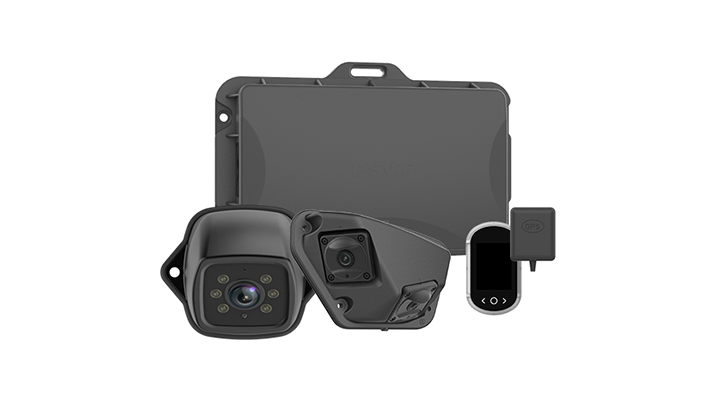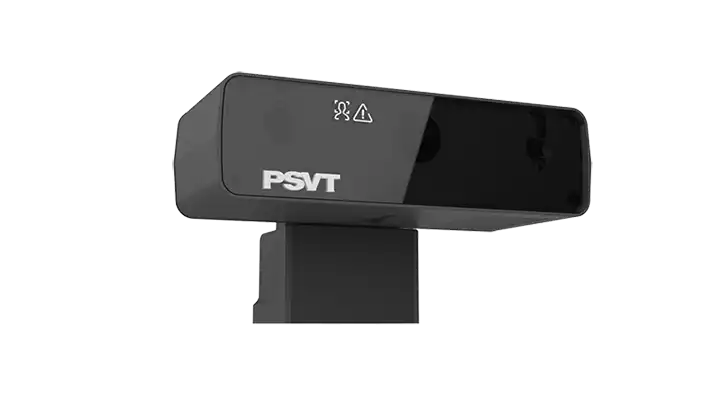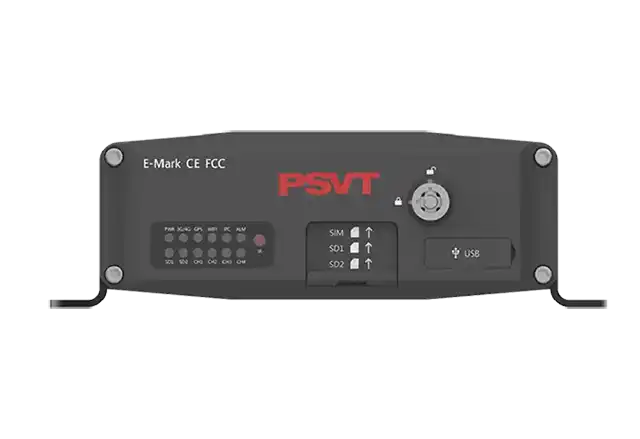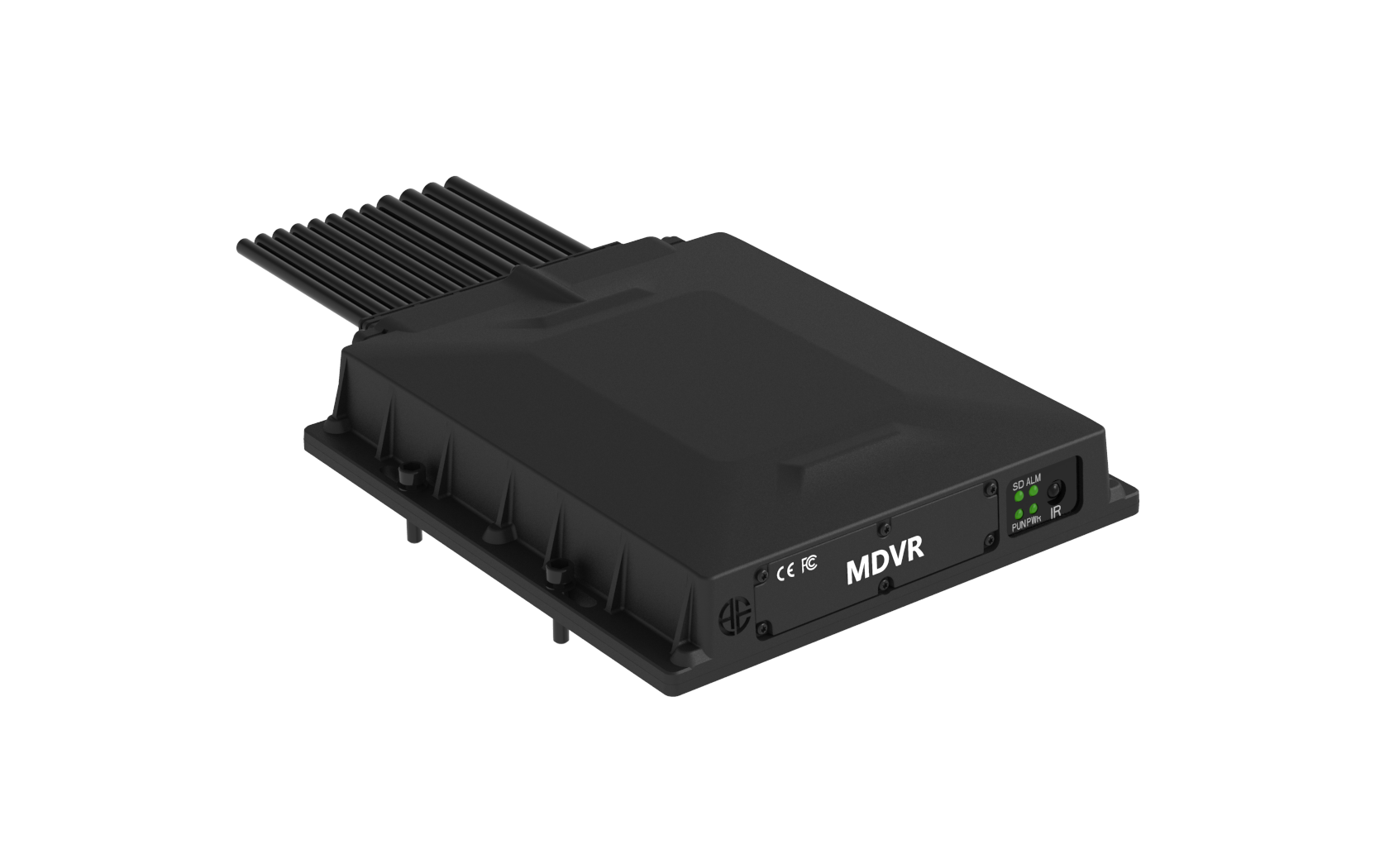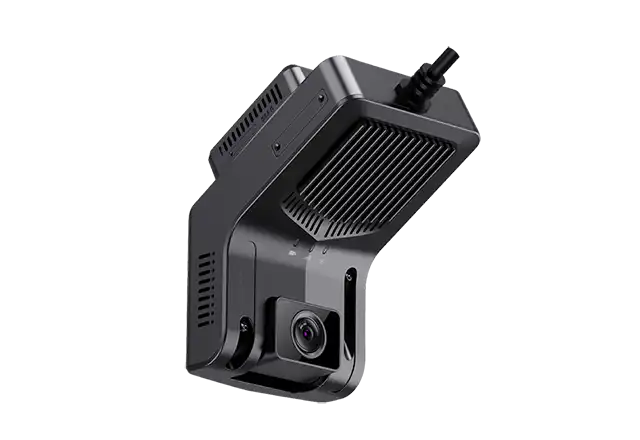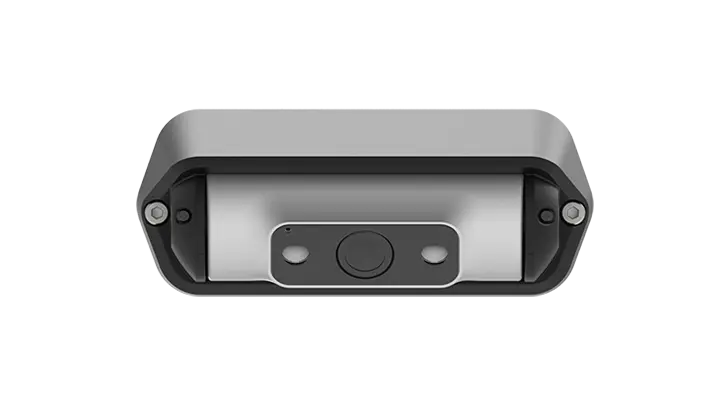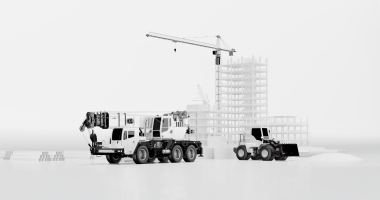What is a Truck Blind Spot Warning System?
A Truck Blind Spot Warning System is a safety-assistance system designed specifically for large trucks. Its primary function is to detect objects in the driver’s blind spots, particularly other vehicles. Given the large size of trucks, it is difficult for drivers to have a full view of their surroundings, especially the blind spots on the sides and rear.
The side blind spot warning system uses sensors, radars, and cameras to monitor these areas in real-time. Once another vehicle or obstacle is detected approaching, the system notifies the driver through sound or visual warnings, preventing accidents caused by limited visibility.
How Does the Truck Side Blind Spot Warning System Work?
Sensors and Radar Technology
Side blind spot warning systems are typically installed near the rearview mirrors on both sides of the vehicle. They utilize ultrasonic sensors, radar, or LiDAR to detect surrounding objects. These sensors scan the blind spot range and identify approaching vehicles or pedestrians.
Warning Mechanism
When the system detects another vehicle or obstacle in the blind spot, it alerts the driver through:
● Audible warnings (beeping sound inside the cabin)
● Visual alerts (flashing warning light in the side mirror or dashboard display)
● Haptic feedback (steering wheel or seat vibration)
These alerts ensure that the driver remains aware of potential hazards.
Integration with Other Safety Systems
Many modern trucks integrate blind spot detection with other safety systems, such as:
- Lane Departure Warning (LDW) – Alerts the driver when unintentionally drifting out of the lane.
- Automatic Emergency Braking (AEB) – Engages brakes when a potential collision is detected.
- Adaptive Cruise Control (ACC) – Adjusts speed based on surrounding traffic.
By working together, these systems enhance overall road safety and driver awareness.
Reasons for Installing a Blind Spot Warning System
Eliminating Large Truck Blind Spots
Due to their size and length, trucks have significant blind spots, particularly to the sides and rear. Traditional mirrors cannot fully cover these areas, but a side blind spot warning system fills this gap, ensuring the driver can detect surrounding vehicles and obstacles in time to avoid collisions.
Enhancing Lane Change Safety
Changing lanes on highways and urban roads poses a risk for truck drivers. If another vehicle is in the blind spot and goes unnoticed, side collisions or rear-end crashes can occur. Blind spot warning systems monitor lane changes in real-time, reducing such risks and improving safety.
Reducing Collision Accidents
Statistics indicate that side-collision accidents make up a large portion of truck-related crashes, especially during lane changes and merging. Installing a blind spot detection system can significantly reduce accidents by warning the driver before executing a lane change.
Boosting Driver Confidence and Focus
Truck driving is demanding, especially on congested highways and narrow urban streets. The blind spot warning system provides an extra layer of safety, helping drivers stay aware of their surroundings and reducing misjudgments caused by stress or fatigue.
Ensuring Regulatory Compliance
In many countries, particularly in Europe and North America, safety regulations for large trucks are becoming increasingly stringent. Advanced safety features, such as blind spot warning systems, are now mandated for newly produced trucks. Installing these systems not only enhances safety but also helps truck operators comply with regulatory requirements, avoiding legal risks and penalties.
Improving Overall Road Safety
Trucks share the road with smaller vehicles, motorcycles, and pedestrians, all of whom are vulnerable to blind spot-related accidents. By detecting vehicles in blind spots and issuing timely alerts, blind spot detection technology significantly reduces the risk of accidents, making roads safer for everyone.
Preventing Collisions with Pedestrians and Cyclists
In urban areas, trucks frequently encounter pedestrians and cyclists, especially at busy intersections and tight streets. Advanced blind spot detection technology can identify human movement, ensuring the driver receives an alert before making a turn or lane change, ultimately reducing the risk of accidents.
Reducing Driver Fatigue
Long hours on the road can lead to driver fatigue, increasing the risk of accidents. Blind spot monitoring systems assist drivers by acting as a secondary safety mechanism, reducing cognitive overload and helping drivers navigate safely in complex environments.
Strengthening Corporate Social Responsibility and Reducing Costs
For fleet operators and logistics companies, investing in truck safety technology demonstrates a commitment to driver safety and public road safety. Additionally, insurance companies often offer lower premiums for trucks equipped with advanced driver-assistance systems, leading to cost savings and improved operational efficiency.
Conclusion
A Truck Blind Spot Warning System plays a crucial role in enhancing road safety, preventing collisions, and ensuring regulatory compliance. It helps drivers detect hidden hazards, reduce accident risks, and navigate roads with greater confidence.
Installing a side blind spot detection system not only enhances driver awareness and fleet safety but also protects pedestrians, cyclists, and other road users. As technology advances, these systems are becoming industry-standard safety features, significantly contributing to safer roads and improved transportation efficiency.
For truck operators and fleet managers, investing in blind spot warning technology is a strategic step towards reducing liabilities, optimizing operations, and improving long-term road safety. As regulations evolve, adopting these life-saving technologies will become an industry necessity, ensuring safer, smarter, and more reliable trucking operations worldwide.

